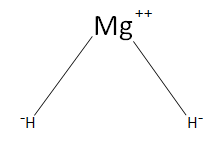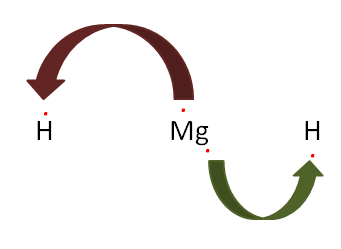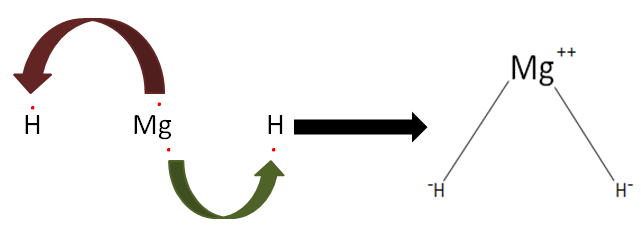
Is
Answer
413.4k+ views
Hint: To gain stability, to complete the octet rule all the atoms share electrons to gain the noble gas configuration. Also called the eighteen electrons to rule. The sharing of this electron is called a bond. However, it is not mandatory that both the atoms donate equal numbers of electrons like in the case of coordination bond.
Complete answer:
After the sharing of electrons, the constituents are held together by a force of attraction, these attractive forces are termed as chemical bonds. The successful explanation of the chemical bond was for the first time explained by Kossel and Lewis. Then later on both of them gave their combined theory of octet rule. However, this law found many limitations.
When in a bond there is a complete transfer of electrons from one atom to another, then it is called an Ionic bond. But if the complete transfer of electrons is not observed and there is sharing of electrons then they are said to be covalent bonds. But if in this sharing all the electrons are contributed by one atom only and another atom just accepts it only is said to be a covalent bond.



Note:
Complete answer:
After the sharing of electrons, the constituents are held together by a force of attraction, these attractive forces are termed as chemical bonds. The successful explanation of the chemical bond was for the first time explained by Kossel and Lewis. Then later on both of them gave their combined theory of octet rule. However, this law found many limitations.
When in a bond there is a complete transfer of electrons from one atom to another, then it is called an Ionic bond. But if the complete transfer of electrons is not observed and there is sharing of electrons then they are said to be covalent bonds. But if in this sharing all the electrons are contributed by one atom only and another atom just accepts it only is said to be a covalent bond.



Note:
Recently Updated Pages
Master Class 10 Science: Engaging Questions & Answers for Success

Master Class 10 Social Science: Engaging Questions & Answers for Success

Master Class 10 Maths: Engaging Questions & Answers for Success

Master Class 10 English: Engaging Questions & Answers for Success

Class 10 Question and Answer - Your Ultimate Solutions Guide

Master Class 9 General Knowledge: Engaging Questions & Answers for Success

Trending doubts
State and prove Bernoullis theorem class 11 physics CBSE

1 ton equals to A 100 kg B 1000 kg C 10 kg D 10000 class 11 physics CBSE

State the laws of reflection of light

One Metric ton is equal to kg A 10000 B 1000 C 100 class 11 physics CBSE

Difference Between Prokaryotic Cells and Eukaryotic Cells

1 Quintal is equal to a 110 kg b 10 kg c 100kg d 1000 class 11 physics CBSE




